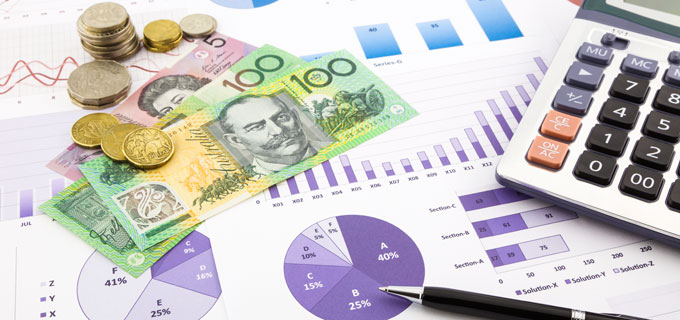
Payment costs in Australia – early observations from new RBA research
With complex processes and multiple parties, determining the costs of payments can be difficult.
In recent years, the Reserve Bank of Australia (RBA) has taken up the challenge and released a research report on the cost of payments in Australia. This represents a long-awaited follow up to research last done in 2006.
The most recent RBA report dated December 2014 draws upon data collected in 2013 from financial institutions, businesses and consumers and seeks to quantify the overall cost of payments and the cost of various payment methods. This includes both “resource costs” (the costs to the whole economy) and “private costs” (the costs borne by consumers, merchants and financial institutions respectively).
The headline graphic for the research is below – having been reproduced in the Australian Financial Review. At first glance, credit cards appear to be wildly more expensive than other payment methods and cash is portrayed as relatively cheap. As noted below, credit cards cost $1.34 for an average-sized transaction while cash costs 51 cents.

Yet in looking at these particular results, it is important to note an “average-sized transaction” varies between payment methods. For the purpose of the RBA research, it is $540 for a BPAY transaction, $128 for a credit card transaction, $69 for scheme debit, $52 for an eftpos transaction and $26 for cash.
As payment size influences the cost of most payment methods – the higher the payment size, the higher the cost – a comparison based on the same size transaction yields somewhat less alarming results. As noted in the graph below, a credit card transaction has a resources cost closer to 70 cents for a $20 transaction (rather than $1.34) with cash being 51 cents for the same-sized $20 transaction.

The RBA research yields some other results worth noting.
Australian Payments Appear Efficient Overall
The RBA research cites that aggregate resource costs of consumer-to-business payments is about $8.4 billion in 2013, equivalent to 0.54 per cent of GDP. While this might look like a big scary number, it compares well internationally, being at the lower end of the 0.42 per cent to 1.35 per cent of GDP range found in 13 European countries.
Overall Costs and (Most) Per Transaction Costs are Declining
Between 2006 and 2013, payments as a percentage of GDP declined, as did the “per transaction” cost of almost all instruments.
However Cash is Becoming More Expensive
Declining use of cash and improved efficiencies in card and electronic payments actually means that cash is becoming more expensive to the economy. The resource cost for an average-sized cash transaction rose from 41 cents (2006) to 51 cents (2013).
Cheques Remain Expensive
One obvious observation is how expensive cheques are. For an average-sized transaction, the resource cost of a single cheque was $5.37.
The RBA is to be commended for undertaking this important research. Closer examination should yield some further insights.


